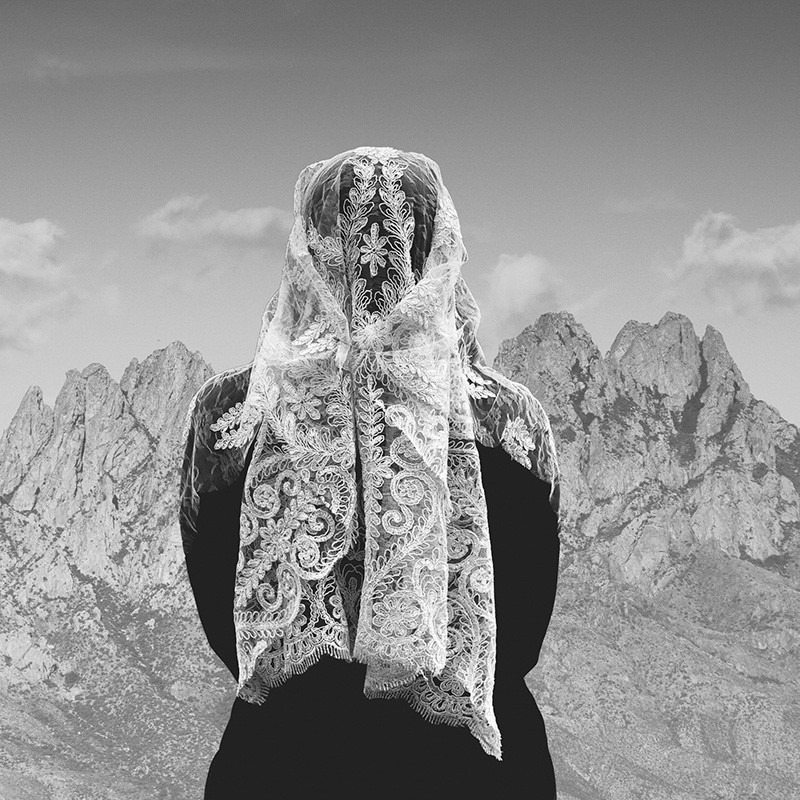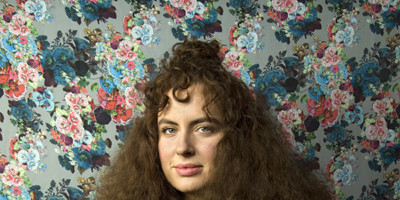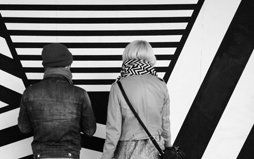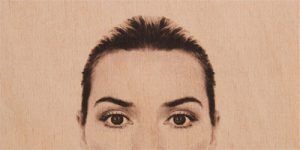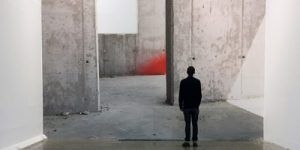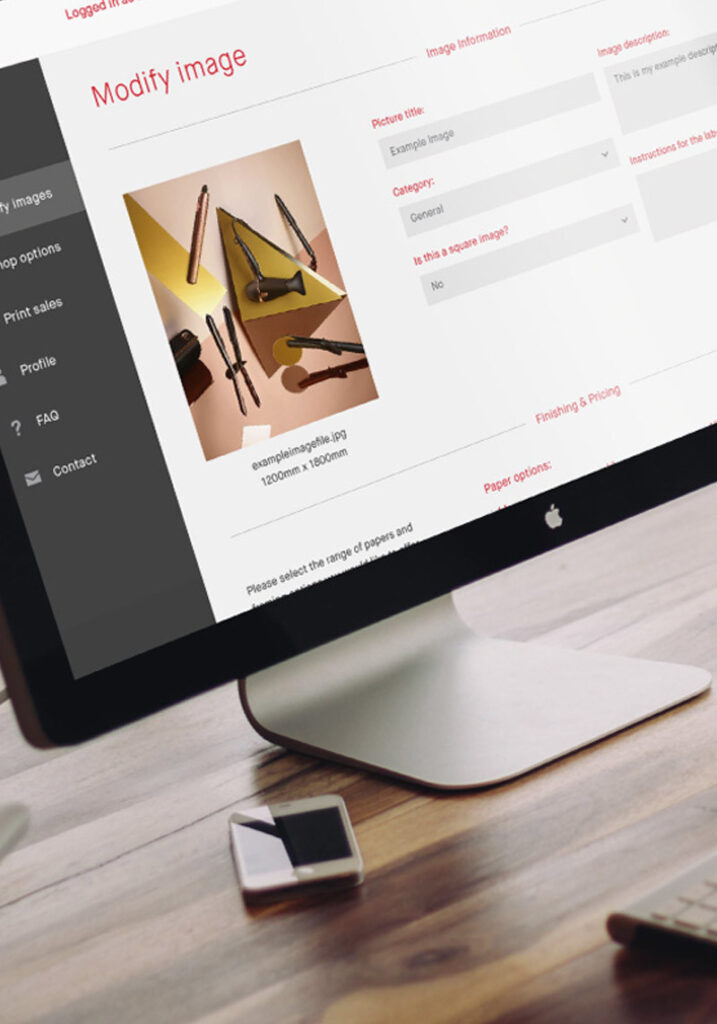We were first introduced to Ioanna’s practice as part of a Metro Imaging partnership with the Royal Photographic Society and have since followed her path through the RCA and onto a PhD at Kingston University. To coincide with an exhibition opening in berlin as part of the PEP Photographic Exploration Project, we chatted to Ioanna about her practice and what it has been like to work this year.
We were first introduced to your work via the RPS Bursary Award in 2018 and we have seen your work develop over the years from predominantly documentary (Beautiful Terrible Ruins) into more conceptual proposals such as ‘The truth is in the soil’. Can you talk about your process and how much your work has evolved as an artist?
My photographic practice started evolving in combination with my MA studies in European Urban and Cultural Studies back in 2011. As I was carrying out a series of research projects on urban planning, architecture and cultural development, paired with my background in journalism, I began to work on visual narratives around memory and territory with a focus on architectural ruins and historical landscapes. It is interesting you mention Beautiful Terrible Ruins, which is indeed a predominantly documentary body of work that started evolving back then. For the years to come, I worked on a series of personal projects and assignments with a strong interest in the relationship between photography and global and social systems of power, both in historical and contemporary contexts.
The Truth is in the Soil started evolving four years ago, when the death of my father sparked a journey back home and the exploration of traditional Greek funerary rituals. Portraying my mother as a mourning figure within the social and religious context of my country, and after receiving the RPS Bursary Award, I began to slowly unravel a personal narrative of loss interweaving fabrications of grief in my family and culture. The work is about memory and memory loss and how the two subjects are wholly interconnected when venturing through the experience of grief. I believe that my own practice transformed into a question of becoming through loss and defined substantial part of my approach and style in the process.
Would you agree that your work is quite melancholic in nature, portraying an overwhelming feeling of loss? You also present projects that weave fact and fiction to great effect, incorporating myth, ritual and storytelling into your projects – can you tell us about your inspiration and how you go about researching your projects?
I am always perplexed by how photography as a medium replaces absence with an imaginary presence and how images have the power to make things appear; things that are always deferred and absent others. I have been gradually interested in how the image affirms things in their disappearance and gives us the power to create absence through fiction.
The Truth is in the Soil is a body of work examining grief as an open-ended cultural enigma with both subjective interpretations. I want to talk about what is lost; parts of memories that are reconstructed, just like how an image of a lost person appears in our minds after they are gone. When we look at a photograph, whatever we remember or forget of that person or memory is only ever a possibility, or a fiction, tainted by the information presented in the image. This is how a photograph works in itself; it is in the photograph’s nature to capture what is forever in the future or already in the past.
In a way, these images work as vehicles for mourning perished ideals of vitality, prosperity and belonging, attempting to tell something further than their subjects by creating a space where death can exist. Greece is a constant inspiration and encounter in this work, but the way is depicted is imagined. It is like the idea of the homeland being this place one knows outside of memory, a land of curiosity where death is an encounter through family, religion, mythology and the self.
Education and learning are an integral part of your own practice – you are currently studying for a PhD in Visual Arts at Kingston. How important is an academic pathway for you, would you recommend it to others and do you see it as a prerequisite to having a successfully engaged relationship with your craft?
I believe that writing has always been an integral element for building up my narratives, which perhaps also derives from my background in journalism and cultural studies. Both reading and writing have organically become a part of my creative process, helping me reflect on my concerns throughout the different stages. I might spend months just shooting new work in the field, weeks just looking at it in my studio and an equal amount of time, writing about it in a library. I think all three are in conversation among them and come together gradually when the work is complete. A practice-led PhD provides the critical reflection that allows one to integrate the creative practice in the process and research output. I think the moment ones realizes and embraces the ways they are meant to be working is a key element to their practice. An art school may provide the structure to achieve that but may as well feel limiting in terms of the combination of possibilities one may have access to, at later stages of their career. To me, it is all about constantly making these realizations and acting on them; even when failing, there is a learning. That is what I would call a successful engagement to one’s practice.
How important is print and the physical presentation of your work and in regard to sequencing and how the work is ‘delivered’ does this differ online to physically viewing the works in a gallery setting?
Surely, there is a difference between the online and physical viewing of the work. Each one highlights different aspects and elements. But certainly, the idea of detail and texture is embodied in a physical print seen in a gallery or other setting than on the screen. Especially, when working with textiles or embroidery, I have realized that the tactility of those pieces needs to be experienced in a physical space and from a close distance. The works turn into objects telling a story and it becomes all about the ambiance around and within them. Having said that, with the latest figurative portraits and collage works of The Truth is in the Soil, I tend to spend quite some time for constructing the image before I become familiar with its texture, so, in that sense, my thoughts around the printing and framing come as an ending to the making process, as its closure. Moreover, with regards to experiencing an artwork, large-scale projections of my work during Les Recontres de la Photographie in Arles and in Marrakech, both in historical site settings, have created a captivating feeling and deep essence of the work, even if it was not physically printed. So I think it can all be rethought within different curatorial frameworks.
As consumers of photography we are used to seeing artists work in exhibition and publication. For many the opportunity to have their work exhibited seems to be the thing that happens to other people. You are currently exhibiting with the PEP Photographic Exploration Project in Berlin and from what we see online it looks fantastic. Can you share with us how this came about and also tell us about any new work you might have over the coming new year?
PEP Photographic Project New Talents 2020 is a Group Show taking place between 4-19 December 2020 and 6-23 January 2021 at B-Part in Berlin. My participation was result of an open call. It is definitely good news there can be a physical exhibition. Several of the exhibitions planned, including a solo show of The Truth is in the Soil, at Reminders Photography Stronghold in Tokyo, have moved to next year. However, I was lucky enough to participate in the European Month of Photography with another solo show of this work in Berlin last month. I think we need to be flexible and less demanding of ourselves and the world around us during these strange times. So, as the rhythms are currently slower, I have been making new work during an artist residency I just completed for a month back home in Greece while working into realizing The Truth is in the Soil into a book.
